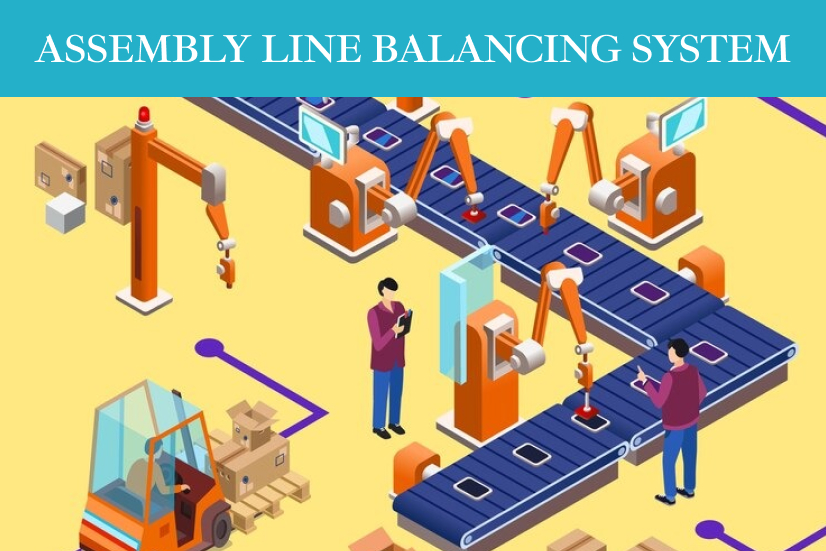Plant Automation/Assembly Line Balancing System
Line balancing is a production strategy that involves balancing operator and machine time to match the production rate to the Takt time(Required rate of Production) to make production lines flexible enough to absorb external and internal irregularities. Economic Automation with Manual Line balancing system is also being implemented.
Plant automation refers to the integration of advanced technology and systems to streamline and optimize industrial processes within manufacturing facilities. This approach aims to enhance efficiency, reduce costs, improve quality, and ensure safety across various operations.
At its core, plant automation involves the use of sensors, actuators, controllers, and software to automate tasks traditionally performed by human operators. These technologies enable machines and equipment to communicate with each other and make decisions in real-time, leading to increased productivity and accuracy.
One of the primary benefits of plant automation is the ability to minimize manual intervention and human error. By automating repetitive and routine tasks, such as material handling, assembly, and packaging, companies can achieve higher levels of consistency and reliability in their production processes.
Furthermore, plant automation enables better utilization of resources, including labor, energy, and raw materials. Through the implementation of advanced monitoring and control systems, manufacturers can optimize resource allocation, reduce waste, and improve overall sustainability.
Another key aspect of plant automation is data-driven decision-making. By collecting and analyzing data from sensors and other sources, companies gain valuable insights into their operations, allowing them to identify inefficiencies, predict maintenance needs, and optimize performance in real-time.
Moreover, plant automation enhances safety by reducing the exposure of workers to hazardous environments and repetitive tasks. Automated systems can handle potentially dangerous tasks with precision and consistency, minimizing the risk of accidents and injuries.
In today’s competitive business landscape, plant automation is essential for companies looking to stay ahead of the curve. By embracing automation technologies, manufacturers can increase their agility, responsiveness, and adaptability to changing market demands.
Overall, plant automation represents a transformative shift in the way manufacturing facilities operate. By harnessing the power of technology, companies can achieve higher levels of efficiency, productivity, and profitability while ensuring the safety and well-being of their workforce.



